Automotive impact
As automotive technologies continue to progress and are more reliant on computers, today's automotive service technicians are more skilled than ever.
More sophisticated equipment repair is required of technicians on top of the classical mechanical diagnoses and repair.
Our facilities
Clayton Carroll Automotive Centre
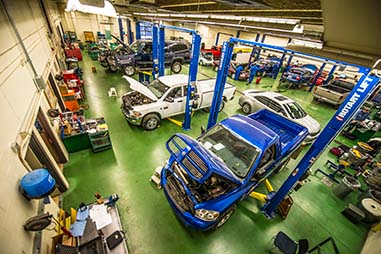 Opened in 2002, the 70,000 square foot Clayton Carroll Automotive Centre on SAIT’s main campus creates an atmosphere nearly identical to what you’ll see in the workforce, giving you an immersive learning experience like no other.
Opened in 2002, the 70,000 square foot Clayton Carroll Automotive Centre on SAIT’s main campus creates an atmosphere nearly identical to what you’ll see in the workforce, giving you an immersive learning experience like no other.
The building includes 35,000 square feet dedicated to hands-on training in three automotive bays with the capacity to house 60 training vehicles.
The space has technology-focused classrooms and five labs, all with new and emerging technologies, including a tune-up/electrical lab, first- and second-year apprenticeship labs, the General Motors Automotive Service Educational Program (ASEP) lab, and the Ford Automotive Student Service Educational Training (ASSET) lab.
In the spring of 2023, RBC announced an $850,000 investment to support the delivery of a greener future. Thanks to this generous donation, the Clayton Carroll Automotive Centre labs will soon incorporate electric vehicle readiness training and youth skills programming.
Programs
This program will train you to repair and replace damaged motor vehicle structures and body components and apply interior and exterior finishes.
- Program length:
- 2 to 4 periods
- Location:
- In person (Main Campus) or Blended (Main Campus and Online)
- Faculty:
- School of Transportation
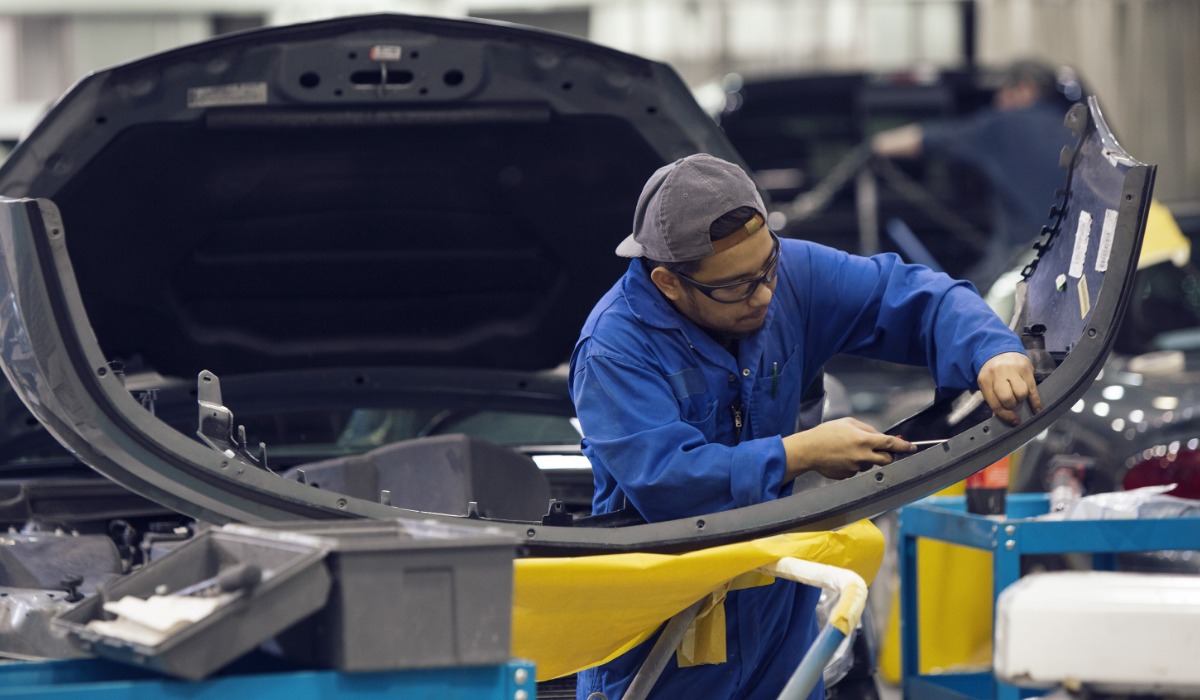
Develop a strong understanding of automotive service, including the ability to diagnose malfunctions, suggest preventative maintenance, and perform repairs.
- Program length:
- 4 periods
- Location:
- In person (Main Campus) or Blended (Main Campus and Online)
- Faculty:
- School of Transportation
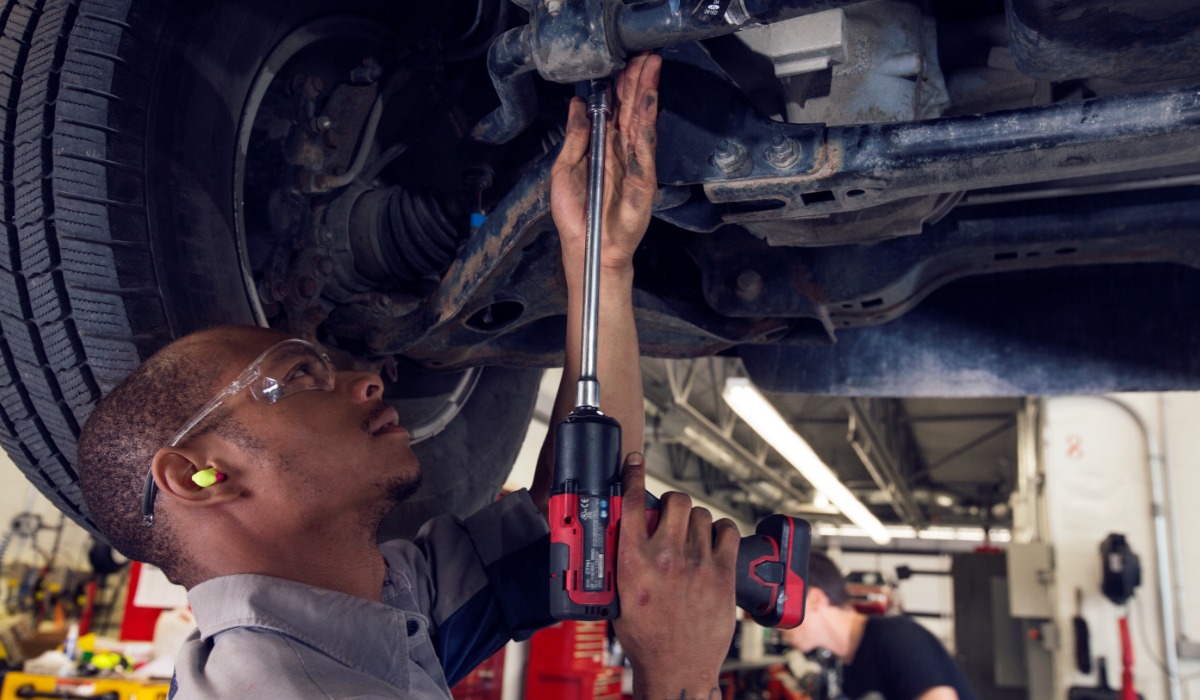
Train for a career repairing and maintaining cars and trucks in this program that prepares grads to move into positions such as shop foreman or service manager.
- Program length:
- 2 years
- Location:
- In person (Main Campus)
- Faculty:
- School of Transportation

Learn the business, marketing and communications end of the automotive industry and start a career in finance, dealerships, manufacturers, supply companies and more.
- Program length:
- 2 years
- Location:
- In person (Main Campus)
- Faculty:
- School of Transportation

As a specialized motorcycle mechanic in the automotive industry, learn to assemble, pre-delivery, inspect, maintain, repair and restore motorbikes.
- Program length:
- 4 periods
- Location:
- In person (Main Campus)
- Faculty:
- School of Transportation
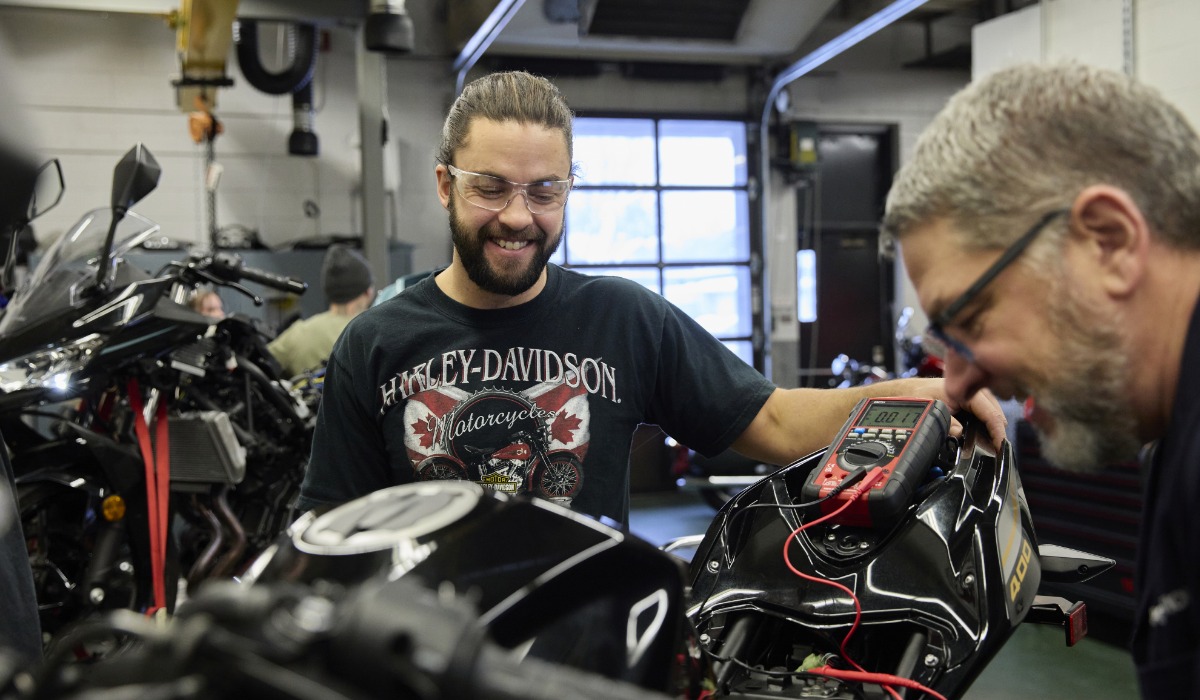
Train for a career as an auto body technician where you will be able to conduct damage appraisals, repairs, color matching, priming and top coating.
- Program length:
- 12 weeks
- Location:
- In person (Main Campus)
- Faculty:
- School of Transportation
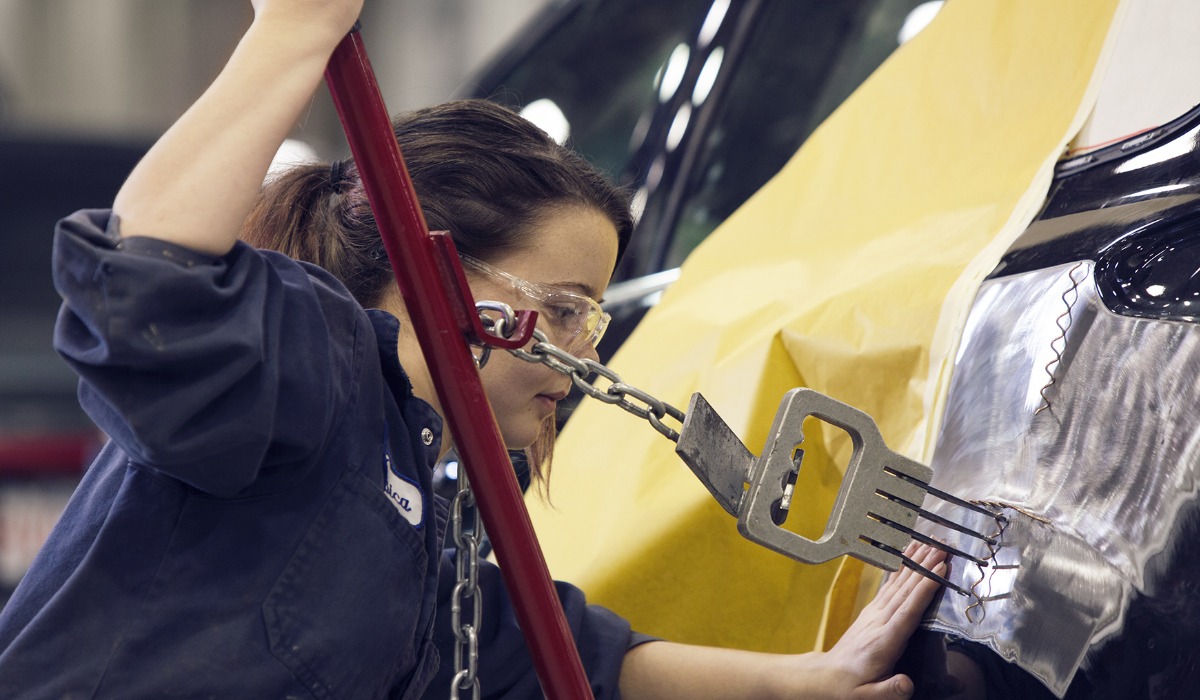
Turn your passion for cars and trucks into a career by further developing your understanding and knowledge of automotive repair, diagnostics and service.
- Program length:
- 12 weeks
- Location:
- In person (Main Campus)
- Faculty:
- School of Transportation
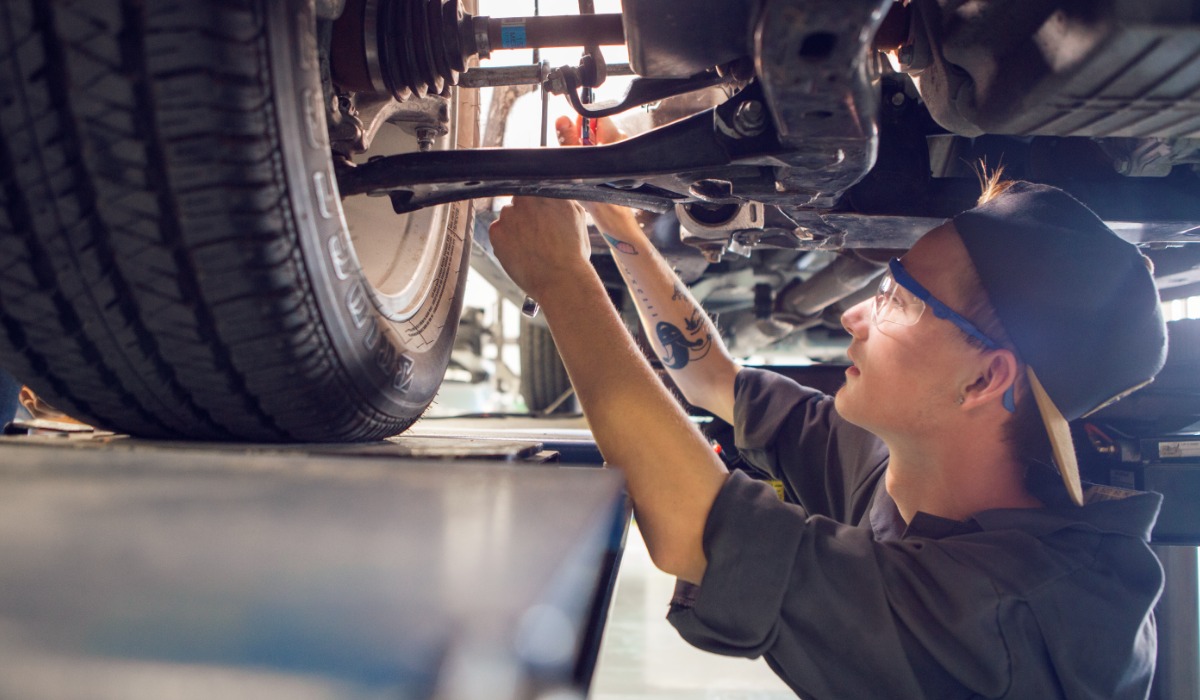
Train for a career as a motorcycle mechanic with our 12-week program, where you will acquire foundational training in the assembly, maintenance, repair, and restoration of motorcycles and more.
- Program length:
- 12 weeks
- Location:
- In person (Main Campus)
- Faculty:
- School of Transportation

Develop a solid understanding to diagnose, repair and maintain all types of Recreation Vehicles from basic model trailers and campers to luxury motor homes.
- Program length:
- 16 weeks
- Location:
- In person (Point Trotter Campus)
- Faculty:
- School of Transportation
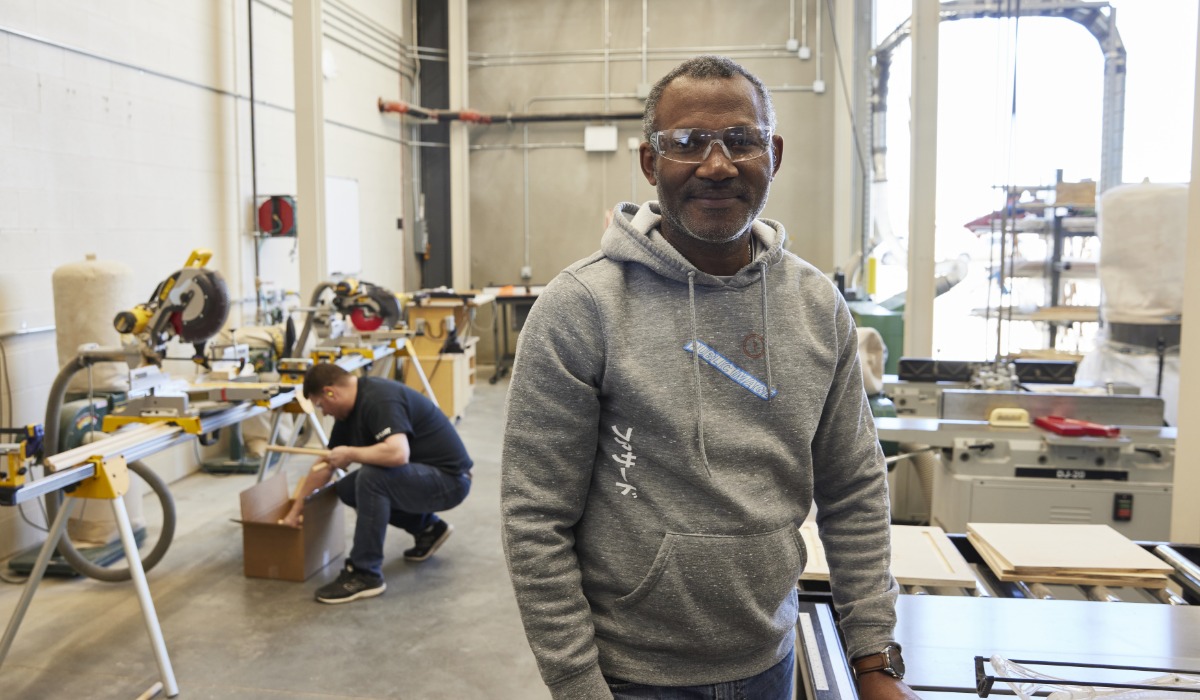
Develop a solid understanding of diagnosing, repairing and maintaining all types of Recreation Vehicles, from basic model trailers and campers to luxury motor homes.
- Program length:
- 3 periods
- Location:
- In person (Point Trotter Campus)
- Faculty:
- School of Transportation
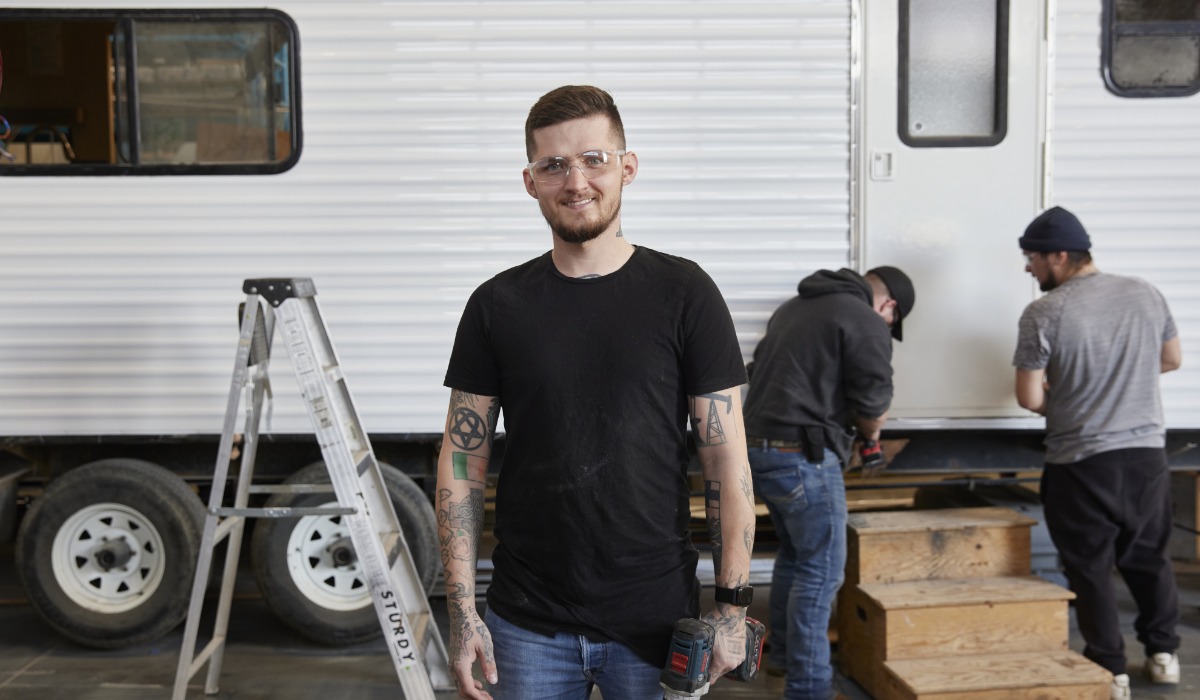
Main Office

Oki, Âba wathtech, Danit'ada, Tawnshi, Hello.
SAIT is located on the traditional territories of the Niitsitapi (Blackfoot) and the people of Treaty 7 which includes the Siksika, the Piikani, the Kainai, the Tsuut’ina and the Îyârhe Nakoda of Bearspaw, Chiniki and Goodstoney.
We are situated in an area the Blackfoot tribes traditionally called Moh’kinsstis, where the Bow River meets the Elbow River. We now call it the city of Calgary, which is also home to the Métis Nation of Alberta.
